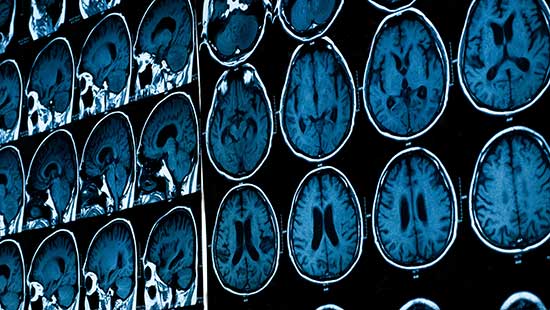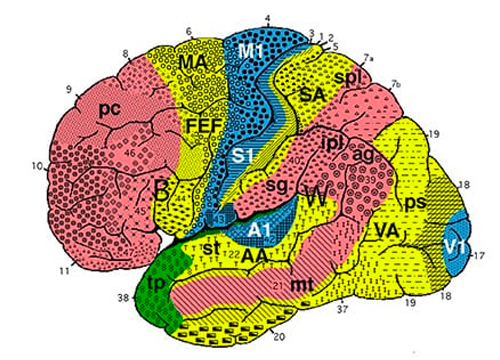Large-scale Networks and Theory of Cortical Function
The term ‘large scale neurocognitive network’ was introduced in 1990. The approach was built upon Geschwind’s ‘Disconnection Syndromes’ and combined the disconnection concept with developments derived from axonal tracing experiments and single unit recordings in monkeys. The cerebral cortex was parcellated into primary, unimodal, heteromodal, paralimbic and limbic components. These 5 zones collectively supported a hierarchy of information processing from sensory inputs to unimodal percepts and transmodal concepts. The obligatory synaptic stages inserted between sensory and limbic areas offered the primate brain the capacity for delaying stimulus-bound instinctual responses and enabled the ‘intermediate processing’ that we identify as thought, foresight, etc. Networks were conceptualized as interconnected epicenters where each anatomical component played an essential role for some behavioral components of the relevant domain and ancillary roles for the others.


